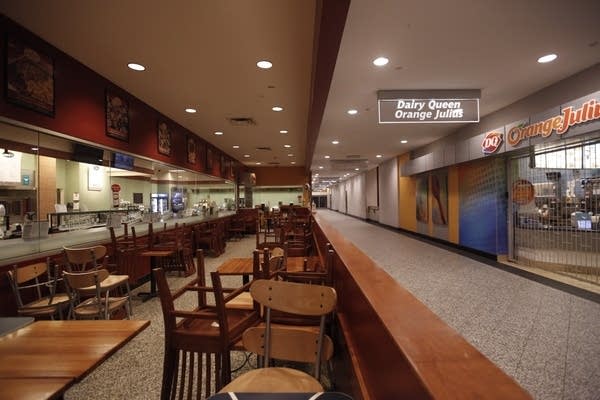State aims for quick turnaround on $300 unemployment boost

Chairs are stacked on tables at D-Brian's restaurant in the Minneapolis skyway in March. After securing federal approval for enhanced benefits over the weekend, Minnesota’s unemployment officials hope to quickly dispatch the extra $300 in weekly aid to qualified recipients.
Chris Juhn for MPR News file
Go Deeper.
Create an account or log in to save stories.
Like this?
Thanks for liking this story! We have added it to a list of your favorite stories.


